Windows System Restore Failed: Here’s What to Do
- Home
- Support
- Tips Data Backup
- Windows System Restore Failed: Here’s What to Do
Summary
Learn how to fix Windows system restore failed issue and restore your computer to a previous stable state using this comprehensive guide.
Table of contents


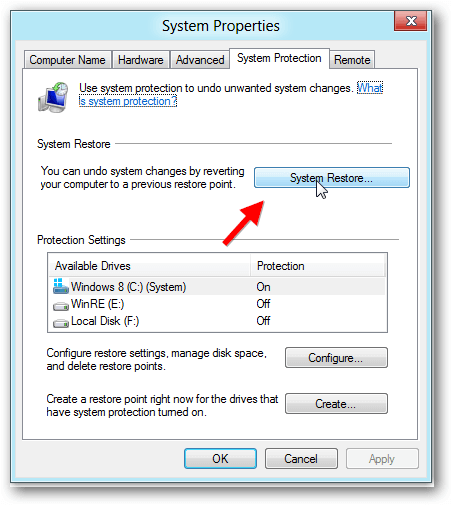
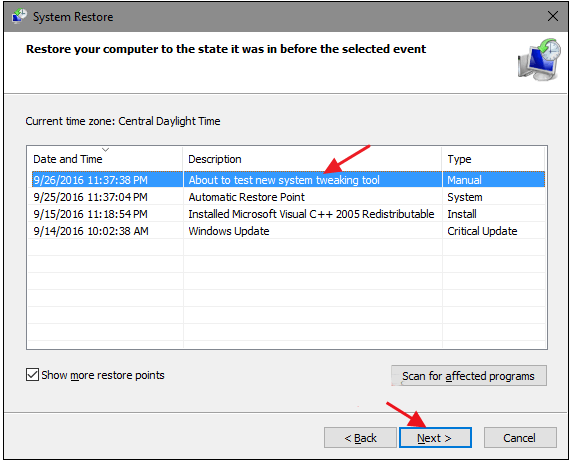

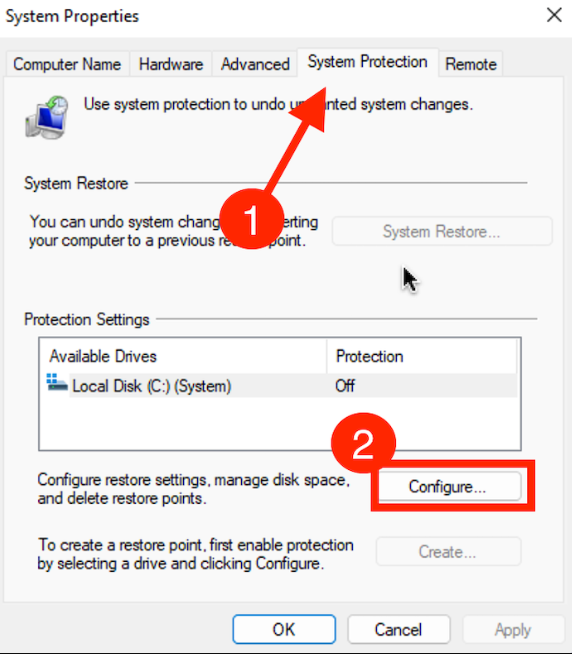
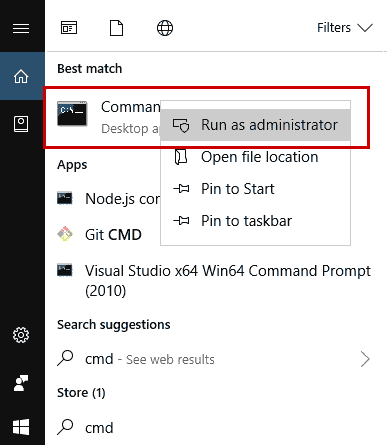


Quick Backup files at up to 3,000MB/min.
Fullfill different backup needs Supports system backup, disk / partition backup, file backup and disk clone.
Intelligent Automatically analyze the differences between source and backup data.
Convenient Support VSS, allowing to freely view webpages when backing up system.
Highly compatible Supports various files and storage devices.
Quick Backup files at up to 3,000MB/min.
Fullfill different backup needs Backup for disk, partition and system. Save disk space by backing up incremental /differential data.
Highly compatible Supports various files and storage devices.
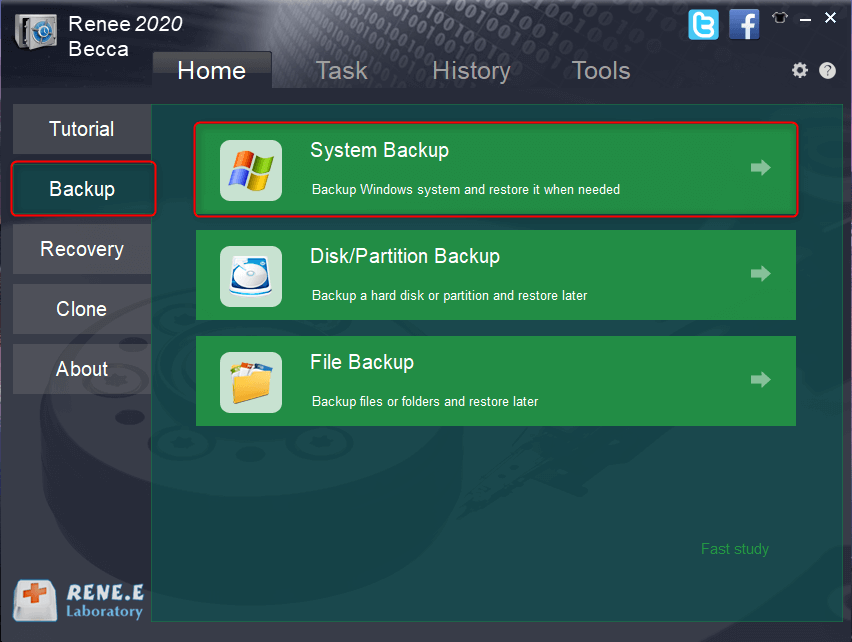
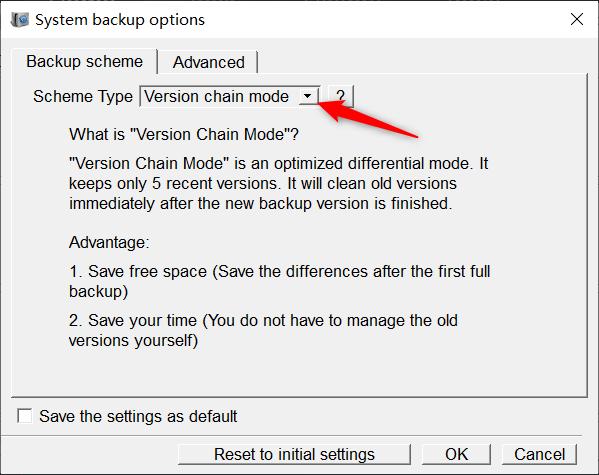
- Version chain mode: Only the latest 5 versions are kept, and useless old versions are automatically deleted after the backup is complete.
- Single version mode: Only the most recent version is kept, and the previous version is automatically deleted after the backup is complete.
- Full mode: Create a full backup.
- Incremental mode: After the initial full backup, only incremental backups are created.
- Differential mode: After the initial full backup, only differential backups are created.

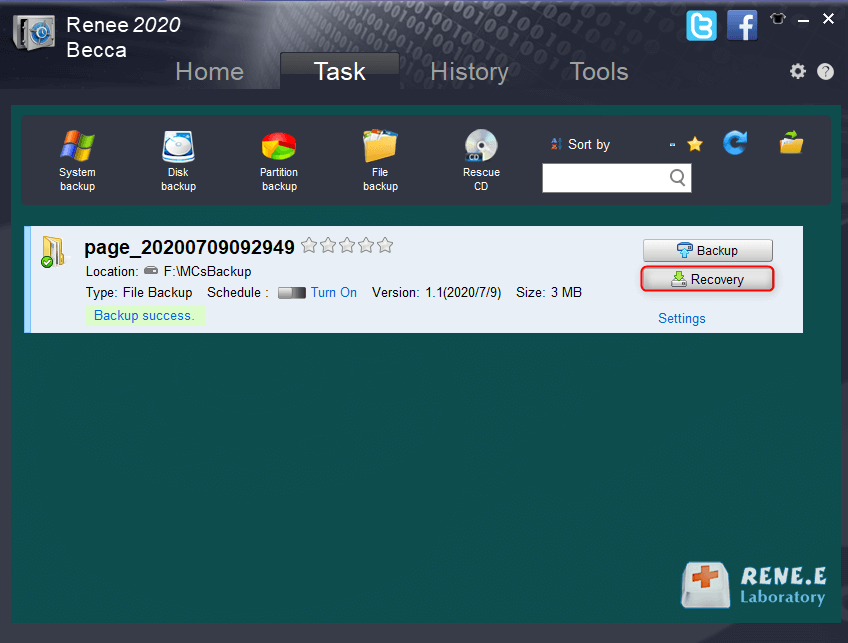


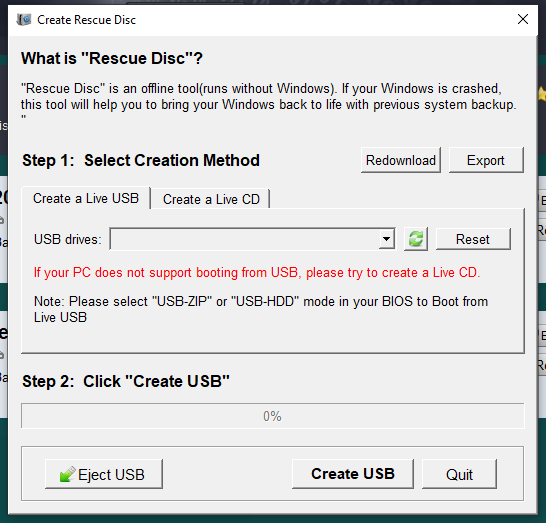


Relate Links :
Best System Backup Software for Easy and Reliable Data Protection
20-02-2024
Ashley S. Miller : Regularly using system backup software is crucial to avoid data loss due to system failure. Here are recommended...
Windows 10 System Backup : 5 Different Backup Modes
13-09-2023
Amanda J. Brook : Make the automatic backup plans for Windows 10 system with 5 different backup modes. Save time and disk...
How to Restore System Backup by Renee Becca
27-05-2022
Amanda J. Brook : Detailed steps about how to restore the backup system to original system disk without Windows.
Master System Image Backups in Windows 10
30-05-2024
Ashley S. Miller : Learn how to perform the system image backup in Windows 10. This comprehensive article will guide you through...
- I. What is system restore, and what are the reasons why the system cannot be restored?
- II. What is the repair method for system restore failure?
- 1. Perform system restore from other restore points
- 2. Check the system protection setting status
- 3. Use the SFC command to check and repair damaged system files
- III. (Extended reading) Backup Windows system with Renee Becca
- 1. What is Renee Becca?
- 2. How to use Renee Becca to back up the system?
- 3. How to restore the system with the help of Renee Becca?




